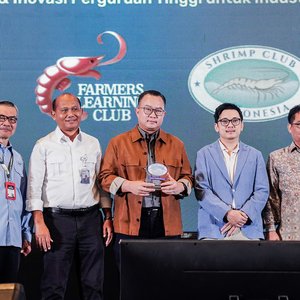Norwegian researchers are raising bacteria-free salmon fry to study how bacteria affect the growth, genes and mucous membranes of the fish. The study is part of a Norwegian project supported by the Research Council of Norway.
Fish are raised in a protected, germ-free environment and managed to keep the fry bacteria-free for up to 12 weeks after the eggs hatch. Zebrafish have been widely used as a model system for this type f studies but salmon fry have some characteristics that make them particularly suitable. The fry phase is long enough for the researchers to carry out several types of experiments. Since salmon feeds on the yolk sac in the early stages, researchers don’t need to add fish feed that could contain microorganisms that disturb the research results.
To date, researchers have published one article about their findings, but there are more to come. In the first article, they show that bacteria affect the protective skin mucus layer in the fish.
“Salmon has a protective mucus layer on the surface of their body. It appears that the composition of bacteria might affect the properties of this mucus layer,” said Ingrid Bakke, professor at NTNU’s Department of Biotechnology and Food Science.
The fry that were not exposed to bacteria developed a thinner mucus layer on the outside of their bodies than the fry that were exposed to the researchers’ specially selected bacteria, or bacteria from a lake. The bacteria can also affect the fat reserves of the fish. The fry that received bacteria from a lake developed greater fat reserves.
The goal of the researchers is to understand which mechanisms affect the composition of the bacterial communities that colonize the fish immediately after hatching. “We’re looking at how the bacterial communities possibly protect against bacterial infections, and whether it’s possible to influence the early bacterial colonization of fry,” Bakke said.
Enabling such probiotic treatment would mean that researchers could add live microorganisms to the fish to achieve beneficial effects, such as better health and growth. “But probiotic treatment on a large scale is still a long way off,” said Bakke.
“We needed interdisciplinary expertise to study the effect of bacteria on the fish’s mucus layer. Researcher Sol Gómez de la Torre Canny was key in developing the germ-free model system with yolk sac fry,” said Bakke.












